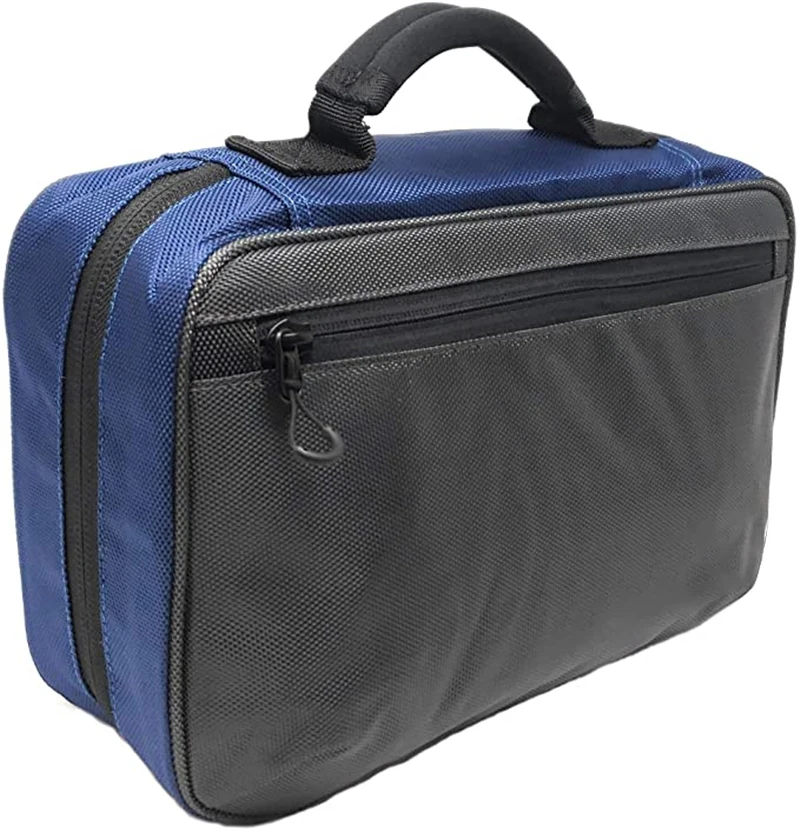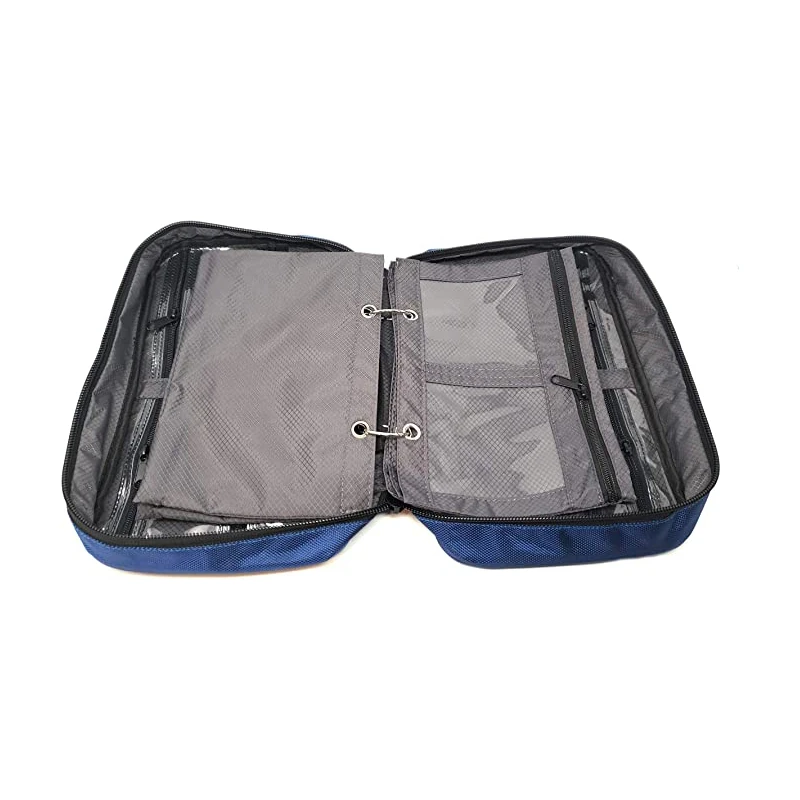Worms for Power Transmission: What Buyers Need to Know in 2025
Worms are essential components in power transmission systems, offering precise motion control and high torque. Whether you're sourcing for industrial machinery or automotive applications, understanding the types, features, and buying considerations is crucial. This guide helps you navigate the market, especially when purchasing from China.
How to Find Reliable Worms from China in 2025
China remains a leading supplier of worms due to competitive pricing and advanced manufacturing. To ensure quality:
- Verify supplier certifications (ISO 9001, RoHS).
- Request material test reports for durability.
- Check customer reviews on platforms like Alibaba.
- Ask for samples before bulk orders.
Top manufacturers often provide custom machining and OEM services.
What Buyers Should Know Before Buying Worms from China
Key considerations include:
- Lead time: Typically 15-30 days for standard sizes.
- MOQ: Starts at 50-100 units for custom orders.
- Shipping: Factor in logistics costs (sea freight is economical for large orders).
Always confirm warranty terms and after-sales support.
Types of Worms
Common variants include:
- Cylindrical worms: Standard design for general use.
- Double-enveloping worms: Higher load capacity for heavy machinery.
- Non-throated worms: Cost-effective for light-duty applications.
Functions and Features of Worms
Worms excel in:
- 90° motion transfer between non-parallel shafts
- High reduction ratios (up to 100:1)
- Self-locking capability (prevents back-driving)
Premium versions feature hardened steel or bronze materials for wear resistance.
Scenarios of Worms
Typical applications:
- Conveyor systems in manufacturing plants
- Elevator drive mechanisms
- Valve actuators in oil/gas industries
- Robotic joint movements
How to Choose Worms
Selection criteria:
- Determine required torque and speed
- Match material to operating environment (stainless steel for corrosive conditions)
- Verify compatibility with existing worm wheels
- Consider maintenance requirements (lubricated vs. maintenance-free)
Worms Q & A
Q: What's the typical lifespan of industrial worms?
A: Properly maintained steel worms last 5-7 years in continuous operation.
Q: Can I replace just the worm without changing the wheel?
A: Not recommended - mismatched components accelerate wear.
Q: How do I prevent premature worm failure?
A: Use correct lubrication and avoid overloading beyond rated capacity.
Q: What's the accuracy tolerance for precision worms?
A: High-grade worms maintain ±0.01mm dimensional accuracy.
Q: Are Chinese worms compatible with European gear systems?
A: Yes, reputable suppliers adhere to DIN/ISO standards for global compatibility.


















